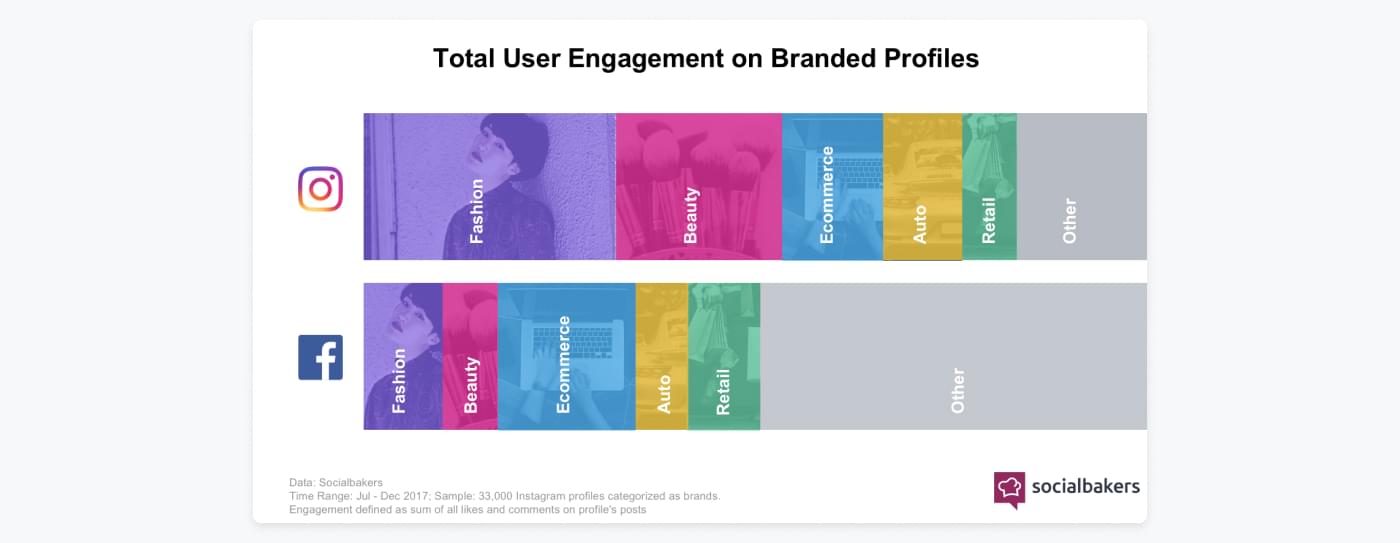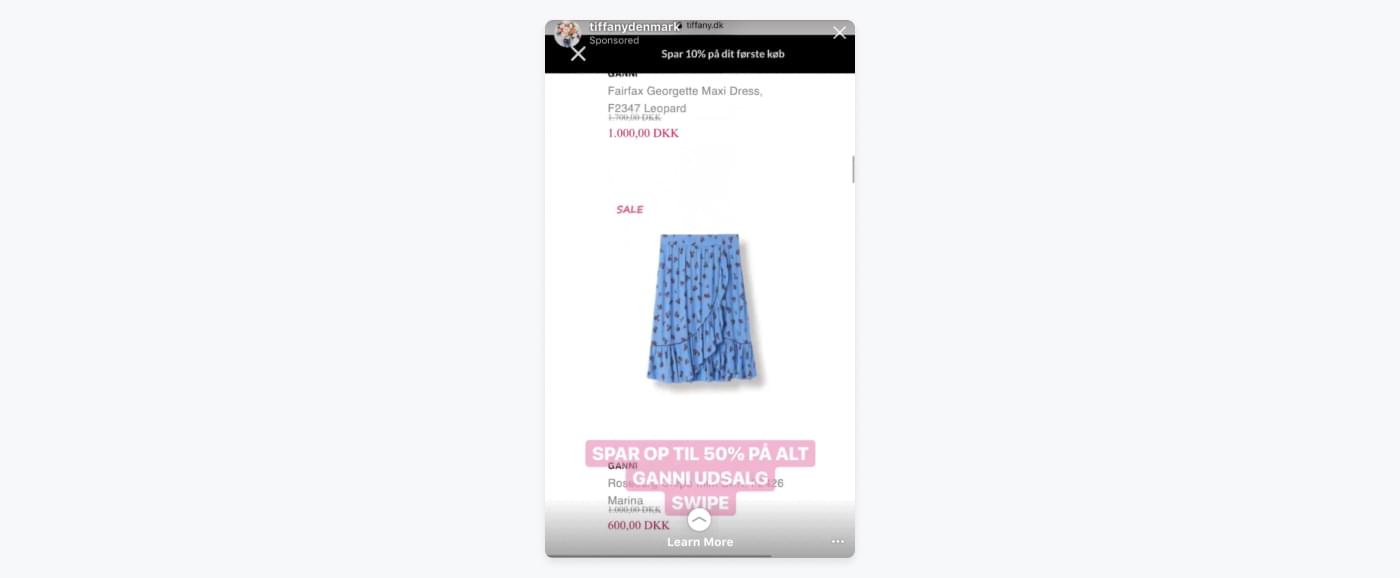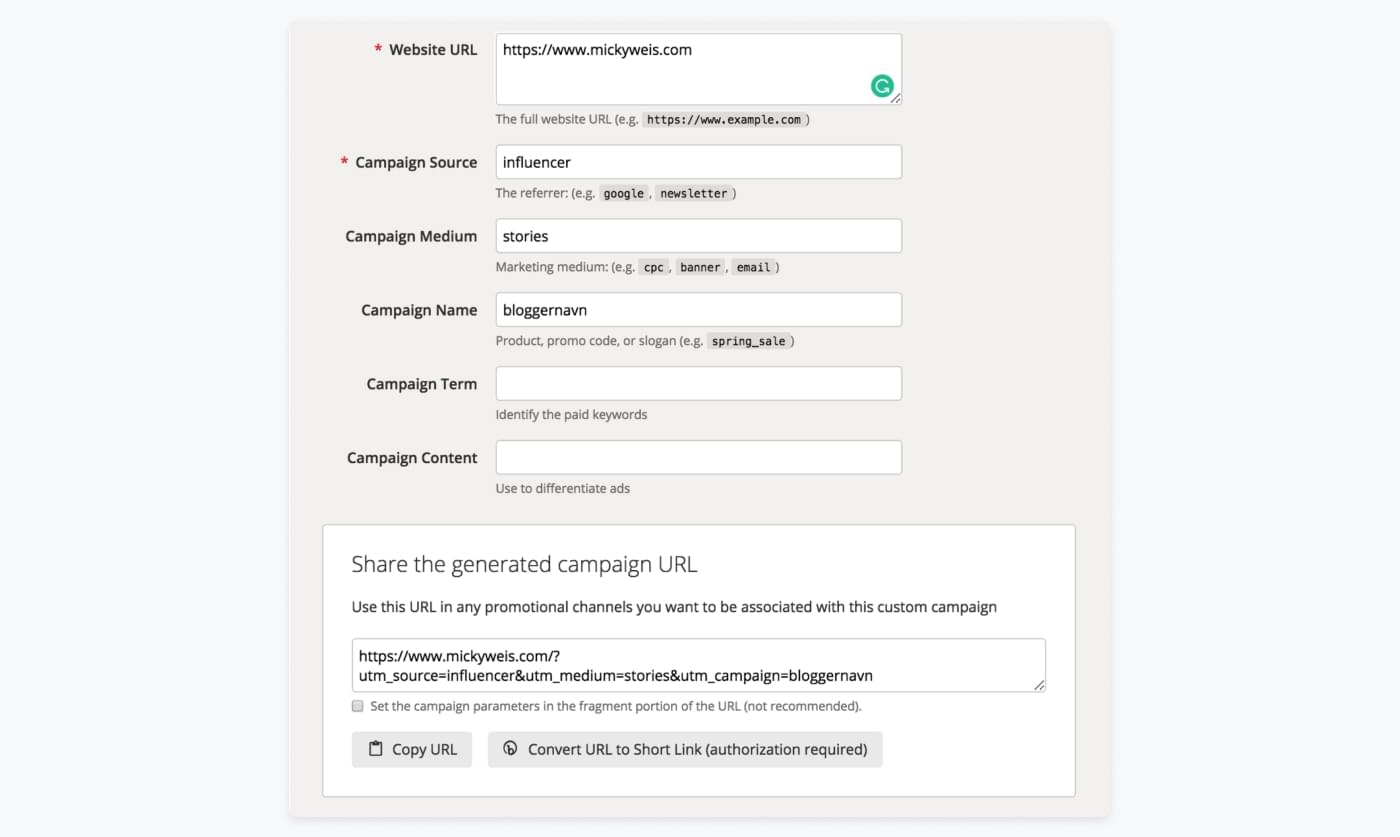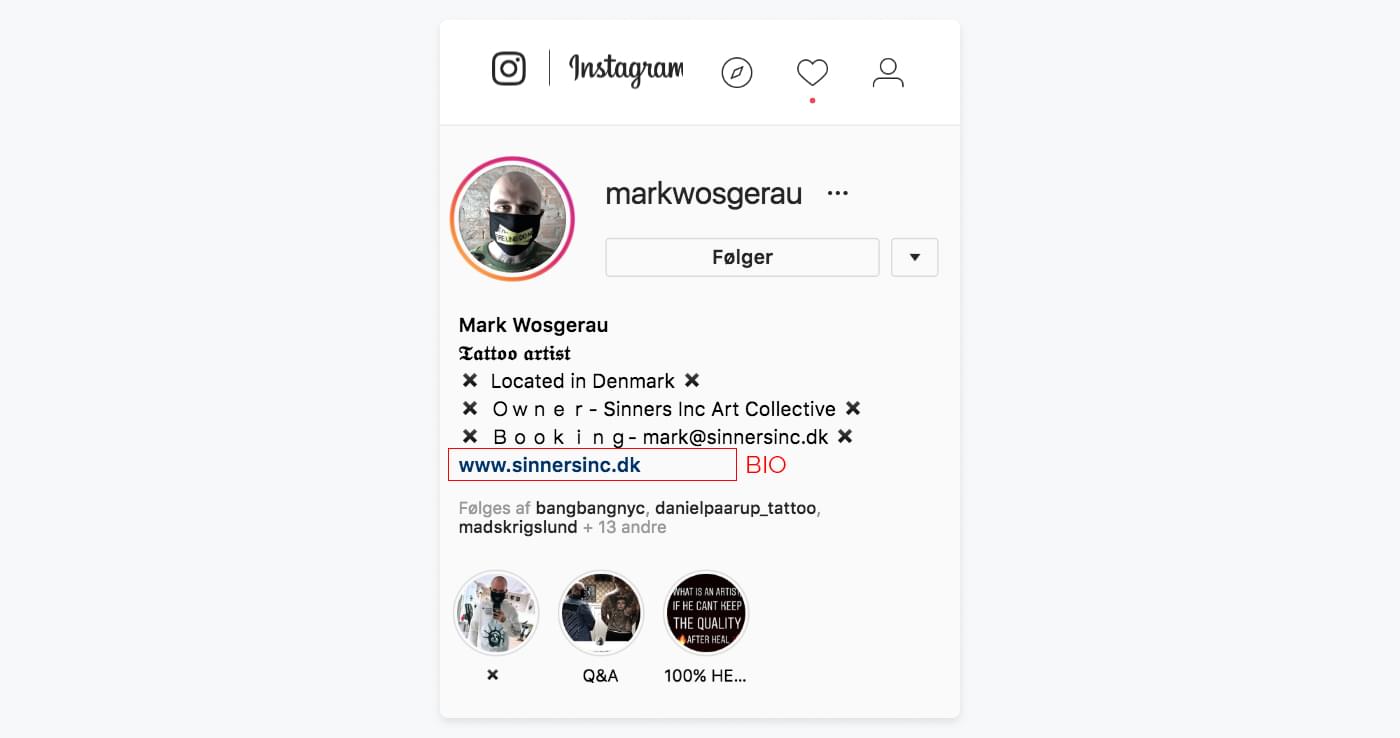Practical guide: how to sell on Instagram
Since Facebook’s entrance on social media, it has become “the” social media - both for consumers as well as for businesses, who want to increase their sales. In other words, Facebook has been a strong supplement to Google’s dominating channels in the huge digital market for brands.
Lately, however, Instagram has gained a foothold in this exact market.
In 2017, Facebook faced troubles regarding violations of data security, and at the same time, people lost their confidence and trust in Facebook. Since then, it has been obvious that more and more people have shifted their attention to Instagram - and the same pattern can be seen for companies.
As a result of Instagram’s growth, companies are facing new opportunities to make use of the social media’s huge user base.
Compared to Facebook, Instagram also offers way more options when it comes to exploiting creative elements in the ads.
Below is an overview of the industries that enjoy the most exposure on Instagram

Here are a few tips on how to create more sales by means of your Instagram profile.
Stories
Instagram-stories has become popular with the younger segment. Possibly, Snapchat has paved the way, nevertheless, it’s plain to see that an increasing number of users are crazy about the new format.
The great thing about Stories is that it is possible to send traffic directly from the ad to a landing page by using the so-called swipe-up.
See below

If you run an online shop it’s a great way to increase traffic - especially if you work with virtual content or use external partners such as influencers.
You can also ask an influencer to set up a link with tracking, this can be done with UTM-tagging. In this way, you will be able to go to Google Analytics and see how much turnover each influencer generates. That’s pretty cool because it gives you the opportunity to resume collaborations with profitable partners.
UTM-tagging is basically tagging a URL directly so that it can be tracked. You can use external systems such as Bitly, but I recommend UTM-tagging through Google’s own platform.
The URL in the bottom field (which can be shortened) is given to the influencer. Later, you can go into Google Analytics and track this specific link - then you can see which blogger is generating traffic and sales.

The swipe-up function is a feature offered to Instagram Advertising users. It requires a bit of finesse to create ads in this format that works and looks natural at the same time.
I would personally recommend videos fitting the format or 3 successive pictures. Remember that the ad is shown while people are looking through their friends’ own stories. Therefore, it has to be something that appeals to the audience - if not, they’ll swipe right past it.
Direct traffic (link in bio)
If you’re running time-limited campaigns, “link in bio” can be a good idea. Again, I would recommend UTM tracking on the link - then you’ll be able to see how much traffic goes through the bio-link.

It’s still a bit unnatural to go back to an Instagram profile to click the link in the bio - on the other hand, it’s a great way to get loyal users to jump at an offer.
Tagging of products
The new and exciting option on Instagram - especially relevant for fashion brands - is the so-called tagging of products. It is a feature that Instagram has been working on for a while.

As you can see above it enables you to tag products on the pictures you post - kind of like tagging a person.
It’s a great way to send people directly to the landing page of the product they’re interested in - and it works really well for fashion brands.
At the moment, the only challenge is that you have to be approved for this feature.
- You are not allowed to have an age limit or country limit on your Facebook page.
- You need to convert your Instagram profile to a business profile.
- You need to connect a feed/catalogue to your Facebook Business Manager, where you have all the products you want to tag.
I have spent some time getting some of the companies I work with approved - and there’s not always an easy ABC on when you’ll get approved. But after 9 years working with online marketing, I’ve come to realise that there rarely is an easy guide.
As you can see there are heaps of opportunities on Instagram. I hope the above can give you a bit of inspiration and help you get started with selling through Instagram. I don’t think it would be a bad idea to focus a bit extra on this medium in the future.
As Facebook is trying to make Instagram better (they own both media) - and in general try to steal market shares from Snapchat, I think companies will get more and more possibilities to use the medium to their own favour.













